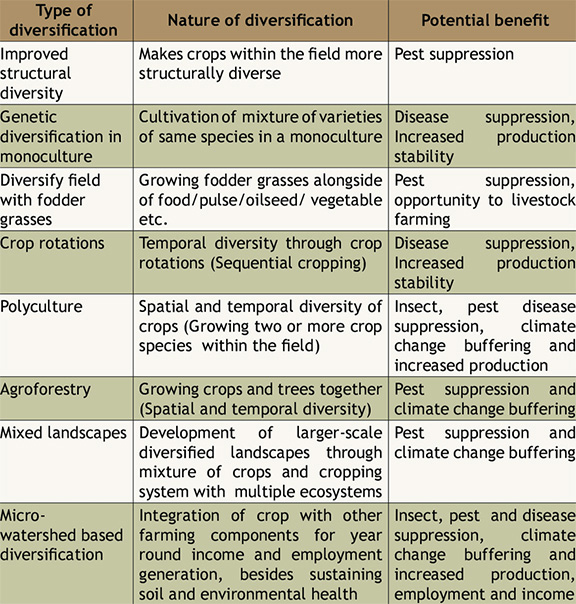Indian Agriculture Faces Urgent Call for Diversification and Reform
Why in the news?
Experts highlight the need to diversify crops, adopt organic practices, and boost farmer incomes, addressing rising production costs and declining efficiency in Indian agriculture.
Key Issues in Indian Agriculture:
- Agriculture employs most of India’s workforce, yet Indian farmers struggle with low incomes compared to peers globally.
- Field crops like wheat and paddy, grown on 94% of agricultural land, show less than 2%
- Rising production costs, declining efficiency, and soil degradation are major concerns.
Proposed Solutions
- Diversification to crops like maize, oilseeds, and horticulture is essential for growth.
- Combining natural farming with mechanisation can bridge productivity gaps.
- Policies should promote pesticide-free and organic farming while improving crop rotation and soil quality.
Collaborative Efforts and Future Goals
- Greater collaboration between corporations, startups, and farmers is needed.
- States should play a proactive role in implementing agricultural policies.
- Precision farming, cold chain management, and investment in research are crucial.
- India’s agriculture must focus on water scarcity, soil health, and nutrition to support future economic goals, aiming for a $10-trillion economy.
What is Crop Diversification?
- Involves adding new crops or cropping systems to increase farm returns and market opportunities.
- Cropping systems include crop sequences and management over years (e.g., sequential, monocropping, intercropping).
- Mixed crop-livestock systems are used to boost income.
Need for Crop Diversification:
- Tackles adversities like erratic rainfall, droughts, floods, and hailstorms.
- Addresses challenges like post-harvest losses, poor storage, market access, and human-wildlife conflict.
- Mitigates issues like soil degradation, monoculture, plant diseases, and youth migration from agriculture.
About Agroforestry:
- Combines trees, crops, and livestock for efficient resource utilisation.
- Balances ecological and economic interactions using indigenous technical knowledge.
- Practised globally, such as in North America for resource conservation, and Europe, Africa, and Australia for diverse tree cultivation.
- Example: Southern India’s home gardens maintain crop diversity using spatial and temporal arrangements.
Role in Sustaining Crop Diversification:
- Produces food, fuel, fodder, fruits, and non-wood products, enhancing food security.
- Supports livelihoods, promotes resilient agriculture, and enhances biodiversity.
- Integrates traditional and commercial crops through systems like agri horticulture, silvopasture, and aqua forestry.
Government Actions to Increase Farmer Income:
- Input subsidies: Water, power, and fertiliser cost reductions.
- Green Revolution: Improved yields with better inputs and practices.
- Stabilising prices: Minimum Support Price (MSP) and procurement.
- Non-crop income: KUSUM scheme promoting solar power.
- Direct income transfers: PM-KISAN scheme.
Associated Article:
https://universalinstitutions.com/agriculture-sector-in-india/




